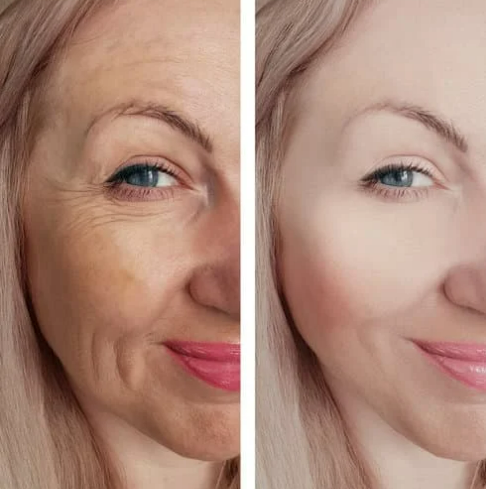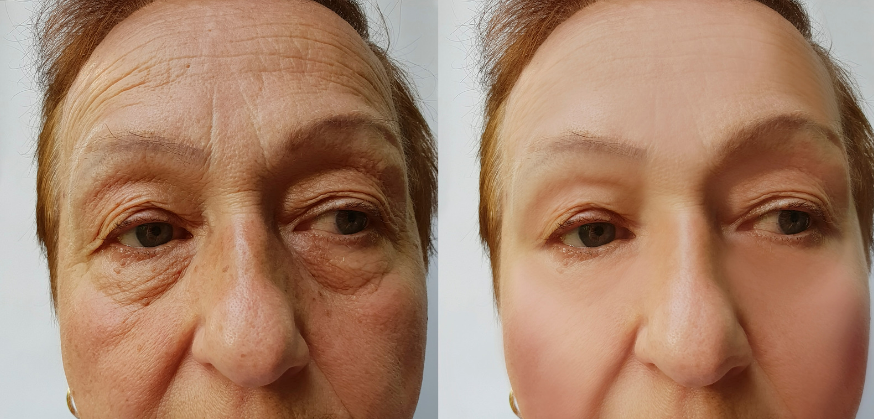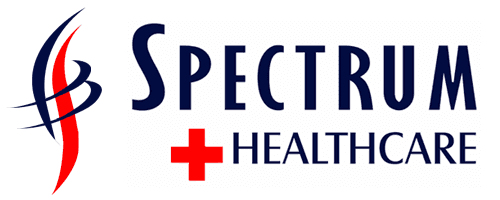Platelet-Rich Plasma (PRP) Injections
at Spectrum Healthcare
Platelet-Rich Plasma (PRP) Injections for Sports Injuries
What is PRP?
Platelet-rich plasma (PRP) injections are a type of therapy derived from your blood. It's a mixture of plasma and a high concentration of platelets. These platelets play a crucial role in healing injuries to tendons, ligaments, muscles, and even osteoarthritis. PRP treatment involves several specialties, including Physical Medicine & Rehabilitation, Sports Medicine, Orthopaedics, and Rehabilitation.
How Does PRP Work?
PRP is a simple process: your doctor draws a small amount of your blood and spins it in a centrifuge to create PRP. This contains concentrated platelets, growth factors, and cytokines with anti-inflammatory properties. Injected directly into the injured area, PRP stimulates the body's natural healing process, aiding recovery and augmenting healing during surgery.
Understanding Platelet-Rich Plasma
Blood is composed of plasma, red blood cells, white blood cells, and platelets. Platelets, often referred to as the body's "first responders," release growth factors and cytokines that promote tissue healing. PRP, extracted from your own blood, contains a high concentration of platelets and is injected into the injured area, facilitating healing.
Conditions Treated with PRP
PRP injections effectively address various issues, including chronic ligament or tendon injuries, osteoarthritis, golfer’s or tennis elbow, rotator cuff injuries, and more. It's also used in conjunction with surgery to expedite recovery.
The Procedure
PRP treatment occurs in-office and typically takes less than an hour. Your blood is drawn, spun in a centrifuge, and the PRP is then injected into the injury site, possibly guided by ultrasound. Post-injection rest might be necessary.
Expected Results
Recovery times vary, but some patients report pain relief in four to six weeks, experiencing continued improvement for up to a year. Success rates differ among individuals, and ongoing research aims to understand these variances better.
Potential Risks
PRP injections are generally safe, originating entirely from your body, thus posing minimal risks of rejection or disease transmission. Common side effects include mild discomfort, pain, or stiffness at the injection site.
Who Isn't Suitable for PRP?
Individuals with certain conditions like blood dyscrasia, thrombocytopenia, sepsis, anemia, or cancer may not be eligible for PRP injections due to potential risks associated with these conditions.
This revised copy aims to simplify the information, making it more accessible to clients seeking Regenerative Medicine without compromising on essential details.
To learn even more about PRP therapy and whether it may be a good choice for you, give our team a call today! - (706) 778-0077


PRP Vampire Facials: Rejuvenating Skin Therapy


Revitalize Your Skin: Unveiling the Magic of PRP Vampire Facials
Platelet-rich plasma (PRP) injections, also known as the "vampire facial," have gained substantial attention as a regenerative therapy derived from your blood. This treatment involves a blend of plasma and a potent concentration of platelets, renowned for their pivotal role in healing various injuries, such as those affecting tendons, ligaments, muscles, and even osteoarthritis. PRP applications extend beyond traditional therapies, branching into innovative cosmetic treatments like PRP facials. Amidst its medical applications in specialties like Physical Medicine & Rehabilitation, Sports Medicine, Orthopaedics, and Rehabilitation, PRP has sparked interest as a rejuvenating facial therapy, drawing attention for its potential in skincare and cosmetic enhancement.
What to Expect During a PRP Vampire Facial
Your journey begins with a minor blood draw, typically about 2 to 4 tablespoons, extracted from your arm.
The drawn blood undergoes a centrifugation process in a lab, separating it into distinct layers. One of these layers harbors a potent concentration of platelets.
Your dermatologist administers this platelet-rich blood into your face or scalp using a syringe or microneedling device. For immediate visible effects, a filler may accompany the injection.
The entire process is generally completed within 45 minutes to an hour.
Benefits of PRP Vampire Facials
Despite its sci-fi allure, PRP demonstrates remarkable benefits for skin rejuvenation:
- Reduction of wrinkles
- Restoration of skin volume
- Diminishment of deep creases
- Enhanced complexion
- Minimization of acne scars
Notably, downtime following this procedure is minimal to none.
Safety and Considerations
While dermatologists continue exploration, the procedure itself appears safe. Post-treatment, patients may experience mild discomfort, bruising, or swelling, typically resolving within a few days.
The primary risk lies in the handling of the blood. Ensuring sterility during blood processing is crucial to avoid infections. Adhering to stringent protocols, akin to transfusion center standards, is essential to prevent potential complications.
Results and Treatment Frequency
Optimal outcomes generally manifest within weeks to months following treatment. Multiple sessions, usually three or more, are recommended for effective results. Combining a filler with PRP injections can provide more immediate visible changes.
Eligibility and Longevity of Results
While generally safe, individuals with specific medical conditions such as Hepatitis C, HIV/AIDS, blood cancers, cardiovascular issues necessitating blood thinners, or local skin cancer in treatment areas are advised against PRP therapy due to platelet-related complications.
Successful PRP rejuvenation outcomes can last up to 18 months, offering a sustained enhancement in skin vitality and appearance.
To learn even more about Vampire Facials and whether it may be a good choice for you, give our team a call today! - (706) 778-0077
Call Spectrum Healthcare today to make an appointment for one of the finer things in life! - (706) 778-0077
Address
186 Cannon Bridge Road
Cornelia, GA 30531
Payment Options







